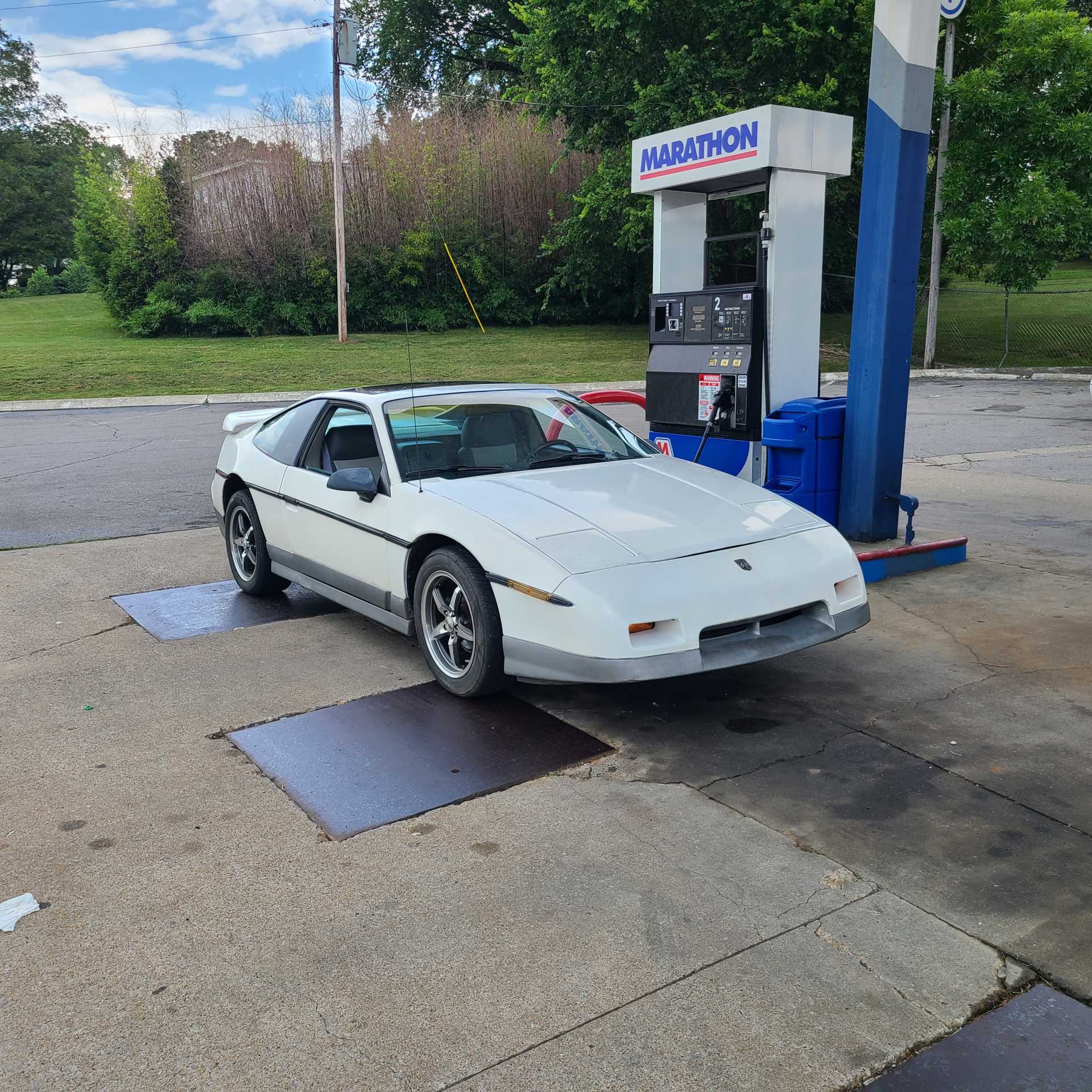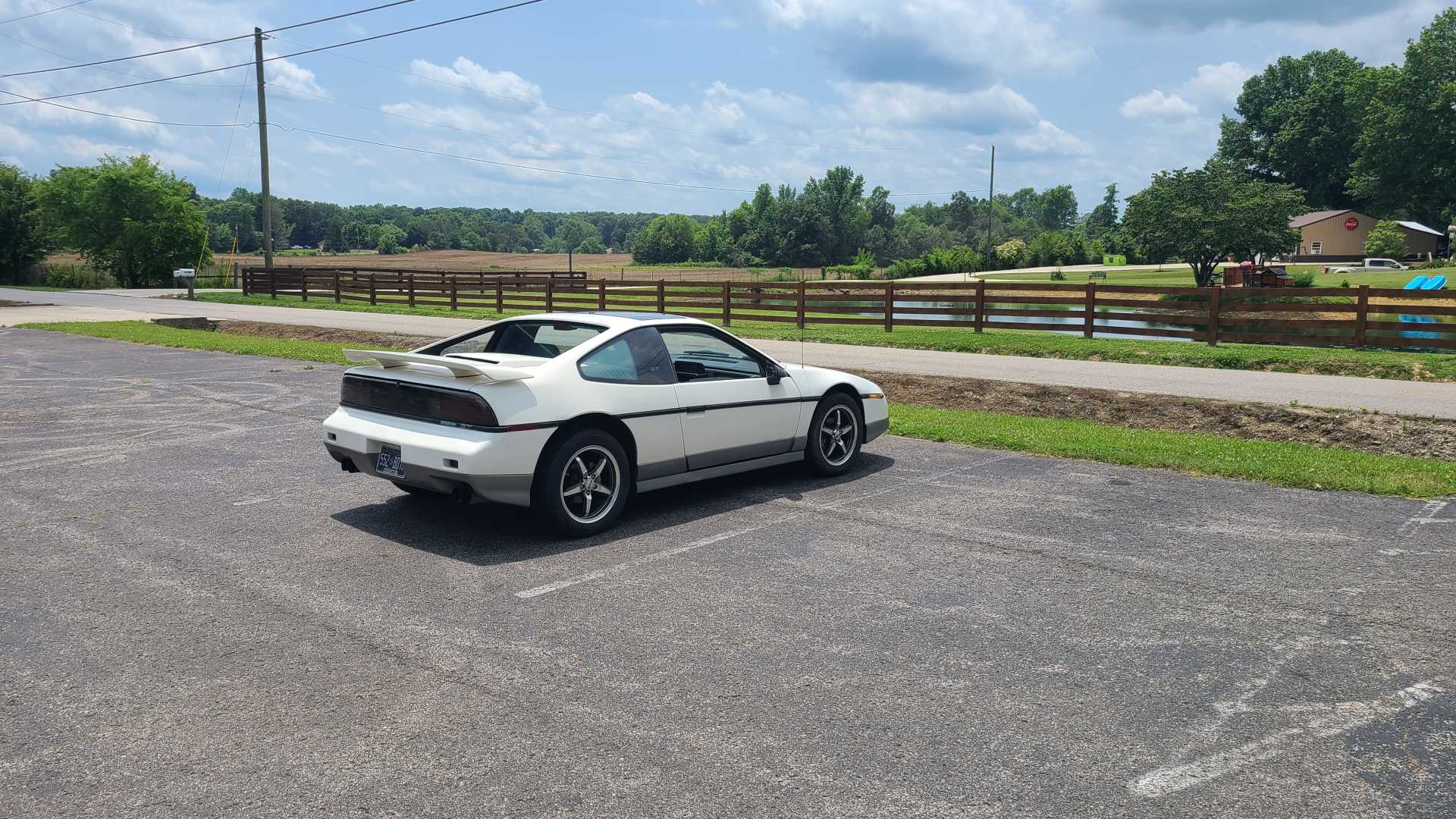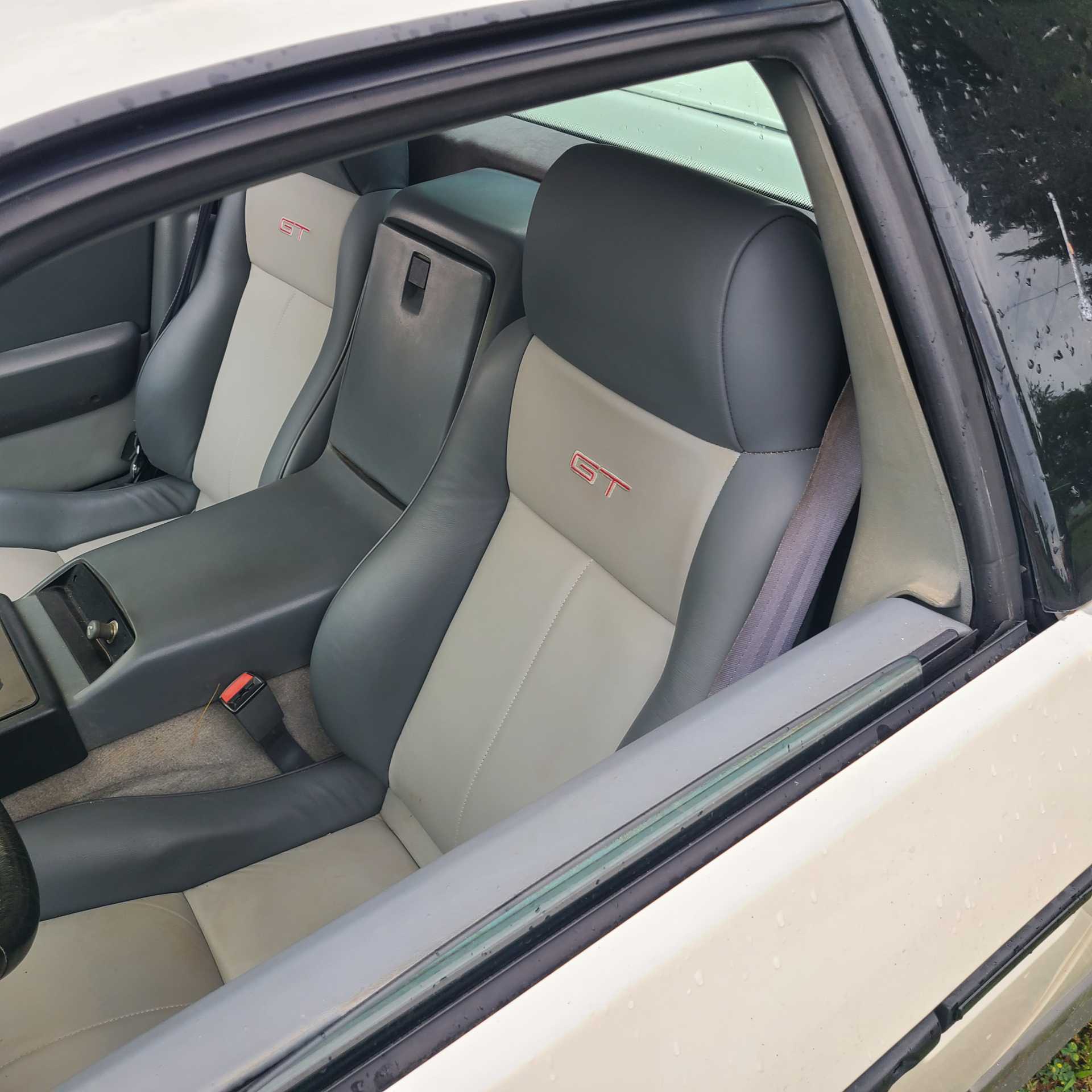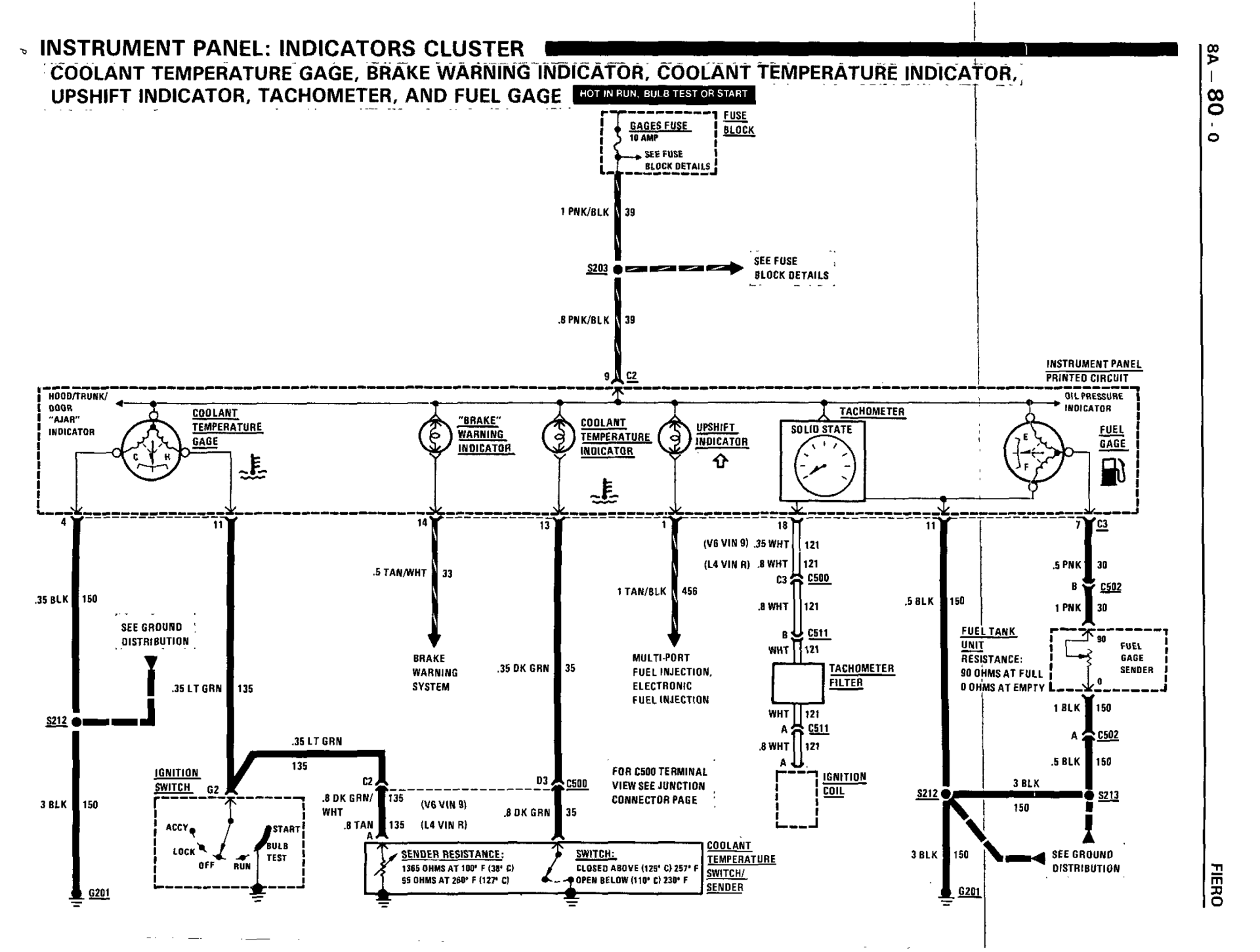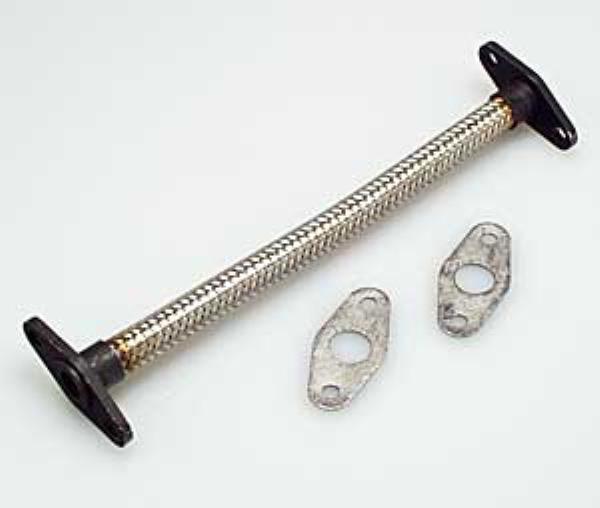Do you get any check engine light? It should turn on when you turn the key on, then turn off when you start the engine. If it never lights up with the key then somebody took the bulb out.
Do you have a thermostat? Sounds like it's overcooling, unless your gauge is wrong.
When it heats up, if you want to force the radiator fan on, flip on the A/C.
The factory fan switch doesn't turn the fan on until 235F - if it works at all.
Rodney Dickman sells switches that will turn the fan on at alternate temperatures.
http://rodneydickman.com/pr...o.php?products_id=95It would be a good idea to check fuel pressure.
About 40psi with key on, engine off. With engine running it will be slightly less than that, and should increase with the throttle opening. Fuel pressure is regulated to move in relation to the manifold air pressure (which is the pressure that the fuel injectors are spraying against).
Keep the engine running and watch what's happening to fuel pressure when it starts misbehaving.
When you turn the key off, the rail should hold fuel pressure. It will bleed a few PSI in about 10 minutes or so, but it should not drop rapidly. If it loses a lot of pressure in seconds then something is leaking (often an injector, sometimes the cold start injector or the fuel pressure regulator).
You might run into fuel system problems on a car that's been sitting too much.
The ignition control module is a common issue, sometimes a bad one will act up when it gets hot. Some V6 Fieros seem to have a lot of trouble with ICMs, others don't. Mine has never been a problem but they get talked about a lot.
Check your electrical connectors for anything broken that might be losing contact. Unless somebody has already replaced them, they're probably all broken. If you get a Weatherpack removal tool, you can pop the pins out of the plastic housing and just replace the plastic, without needing to splice the wiring.
High idle
------------
could be a vacuum leak. It could also be caused by a bad coolant temperature sensor. If the ECM thinks it's cold then it can intentionally idle at 2000rpm.
If you remove the inlet hose so you can see the intake side of the throttle body, you can see the small air inlet in the throttle body that leads to the IAC. Start the car and then try covering that IAC inlet with your finger. When you cover that, you should feel strong suction as you block the air to the IAC and the engine should stall immediately. If the engine can still breathe at all when you plug that hole, then there's a significant vacuum leak.
This does not rule out all vacuum leaks, it's just one way to detect a major one. Even if the engine stalls as expected, you might still have a vacuum leak but not as huge of one.
The EGR tube that connects to the underside of the intake manifold is a common place for a vacuum leak.
The coolant temperature sensor (CTS) can be tested with a multimeter. To do that you unplug the electrical connector and measure the resistance across it's terminals.
The sensor that talks to the ECM is separate from the gauge sender. The one that affects the ECM is on the passenger side of the engine.

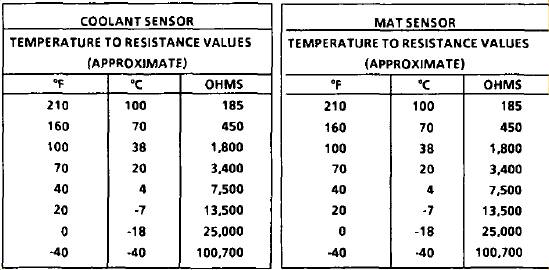
The Intake Air Temperature sensor (IAT - or MAT as called in that chart) is in the air cleaner housing (not the manifold). This won't cause a high idle but might as well check it at the same time. The IAT and CTS follow the same resistance scale so if the car has assumed ambient temperature they should read close to the same. If your IAT is bad you might be able to save it with a soak in CLR (worked for mine anyway).
[This message has been edited by armos (edited 06-26-2023).]

















